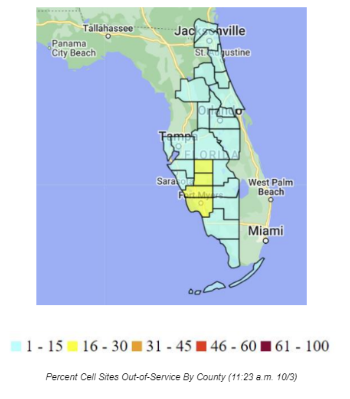For five hours last weekend, Erie County's emergency services line was under cyber attack. As GoErie.com reports, the northwestern Pennsylvania county endured a distributed-denial-of-service attack that prevented legitimate callers from successfully contacting the 911 call center. Automated bot calls flooded the phone lines with spoof calls, ringing in every seven seconds to keep communications jammed.
"It's unfortunate," said Erie County Public Safety Director, John Grappy. "Ultimately, someone who truly needs that service that's having some type of an emergency ... is unable to call us. That's a concern for all of us." Continue Reading




